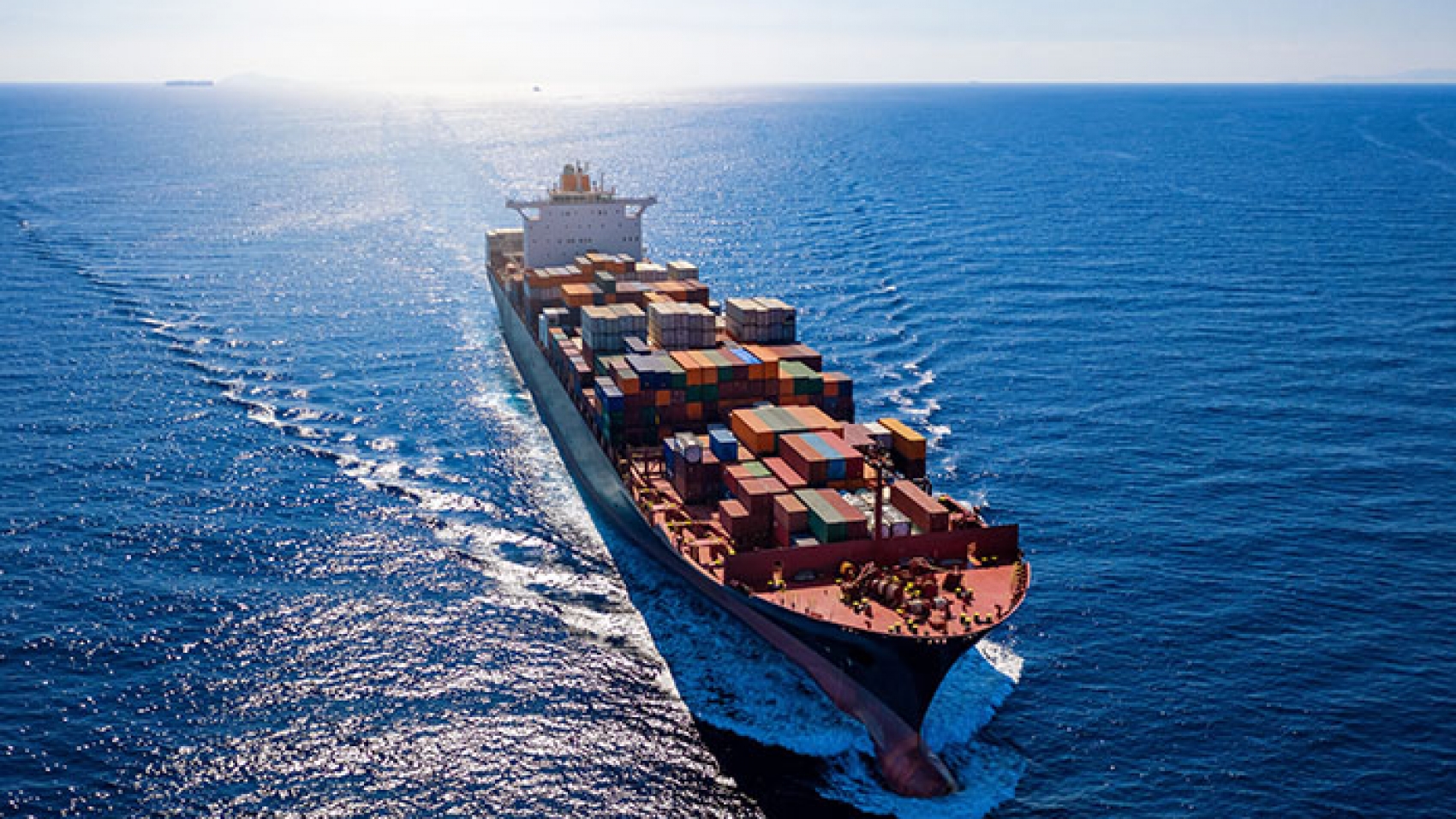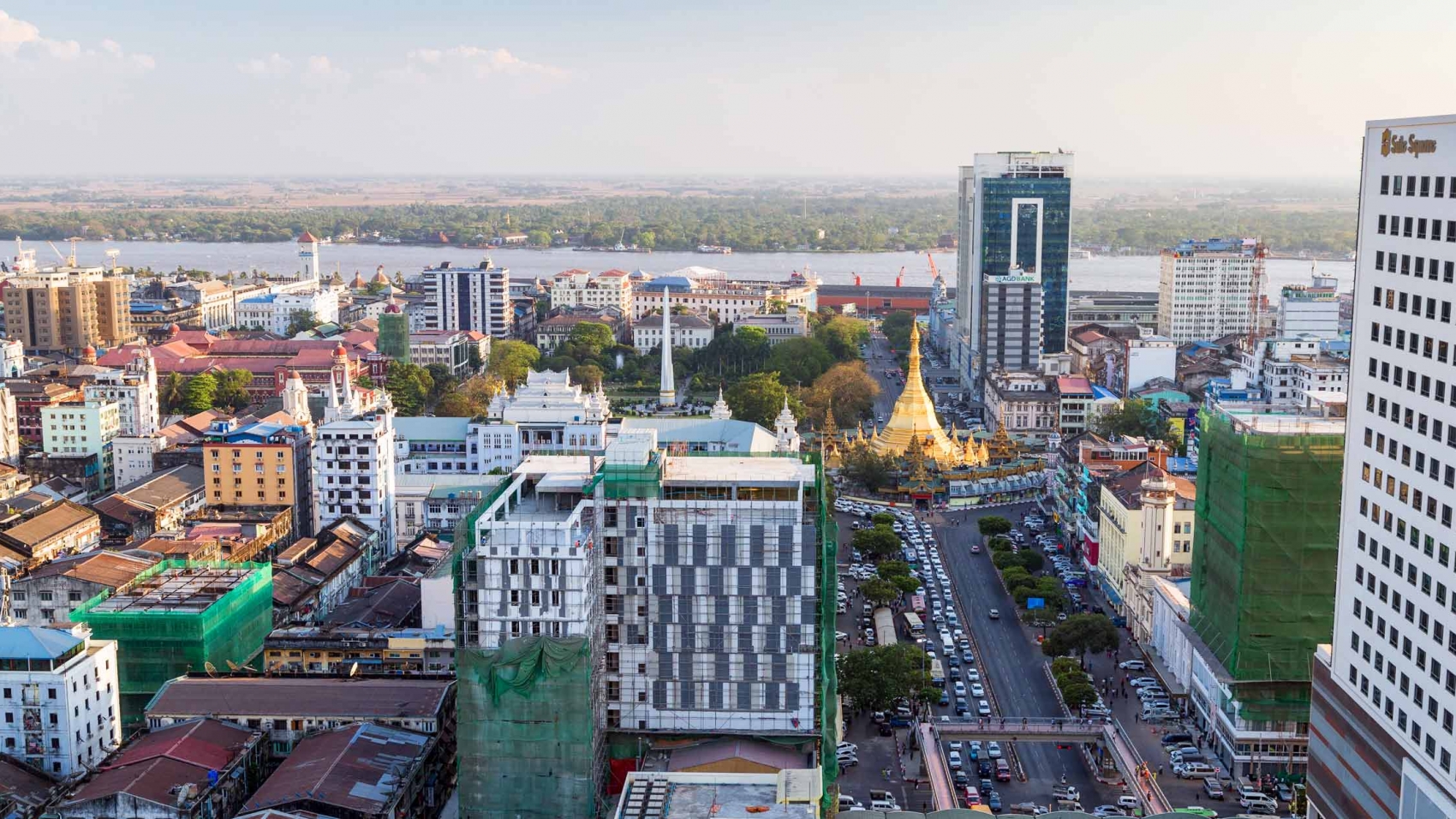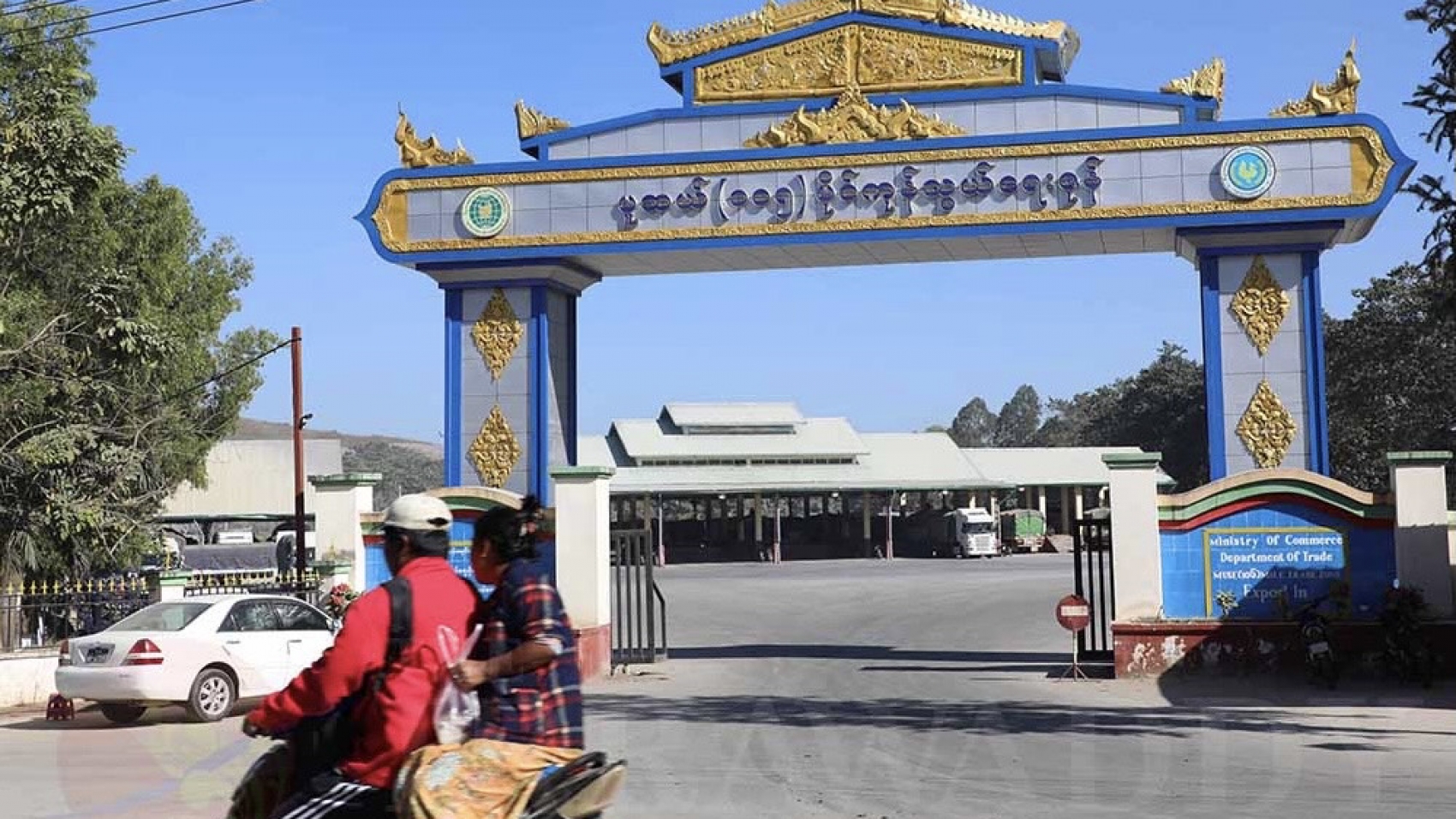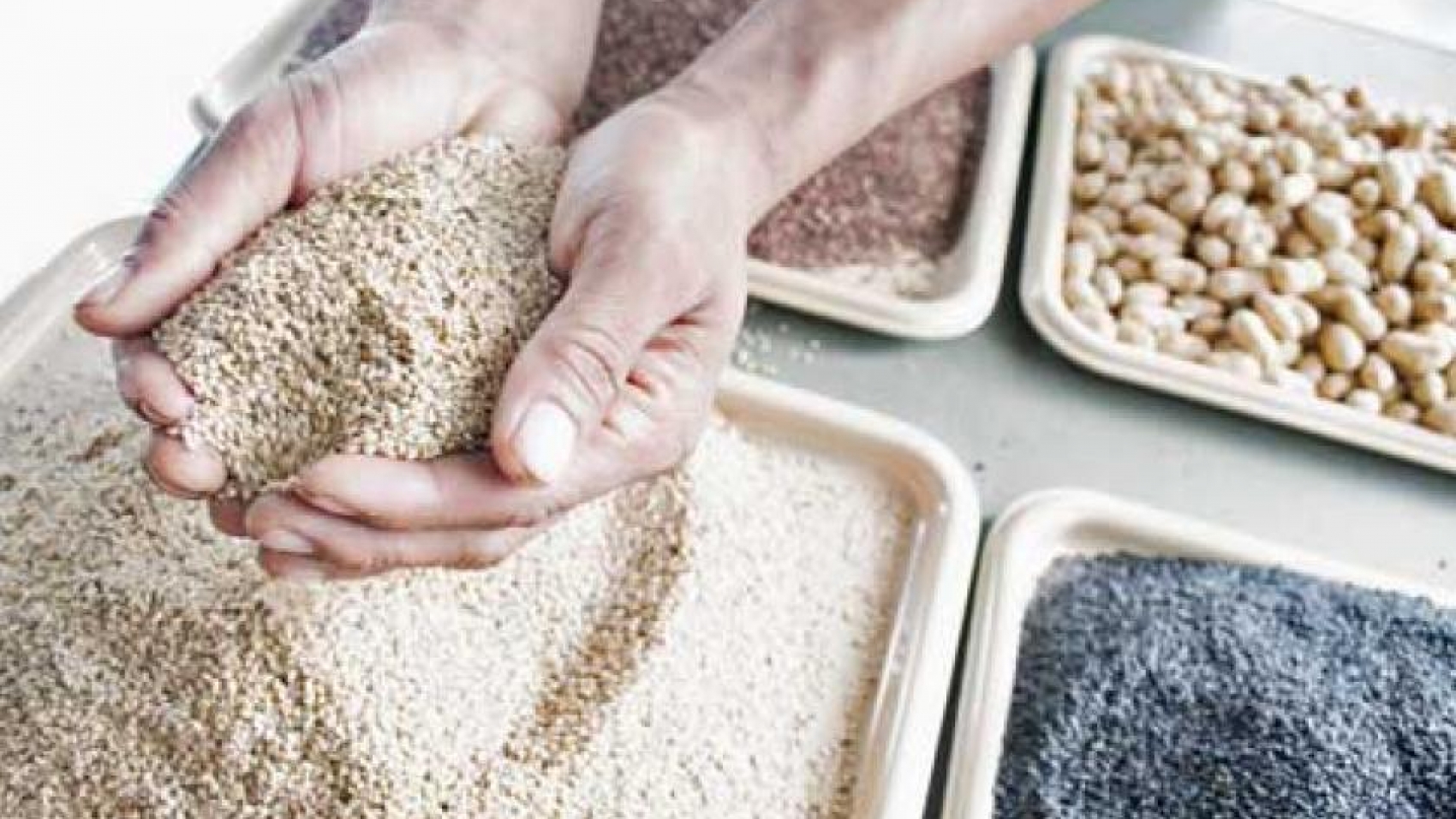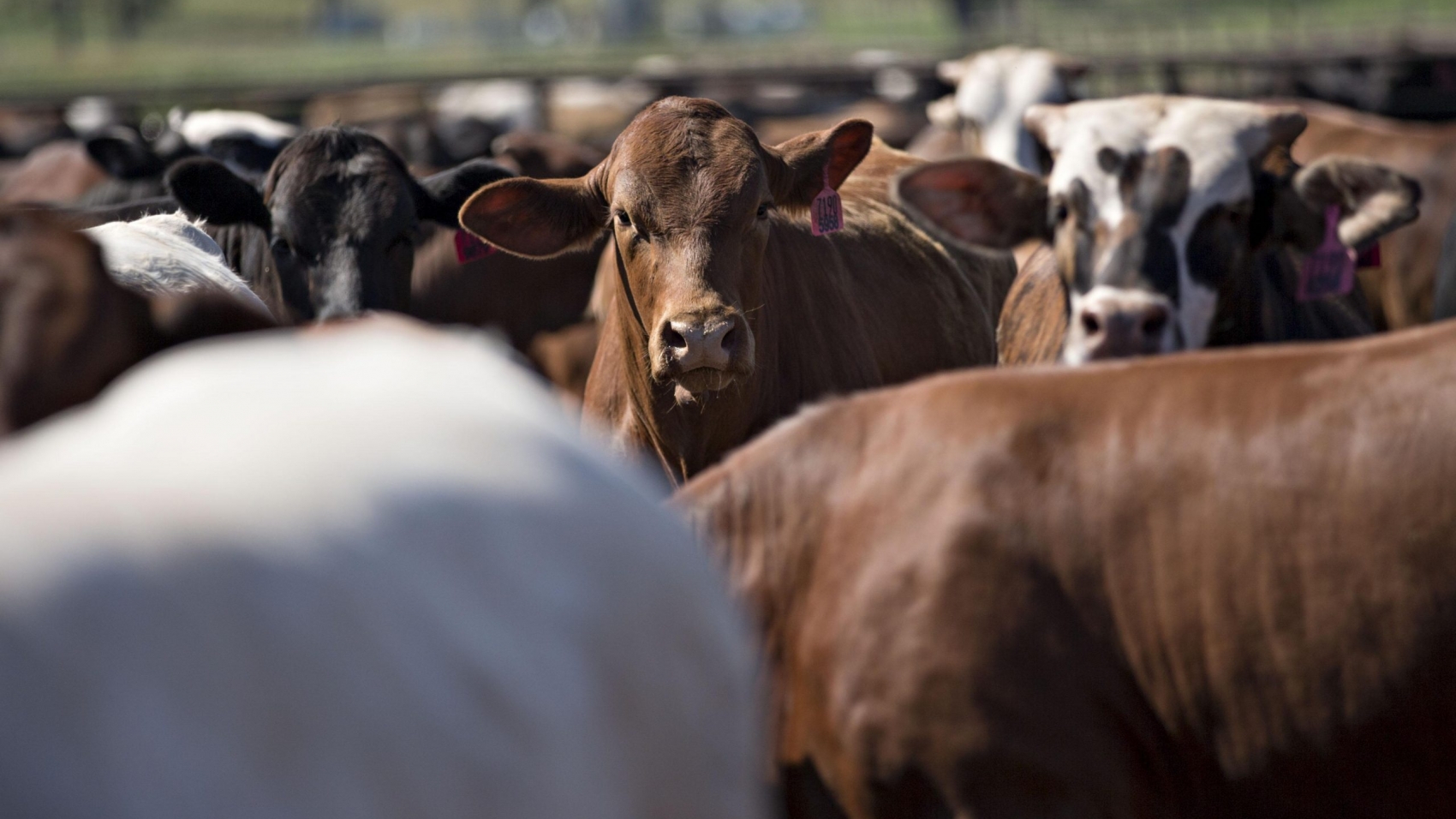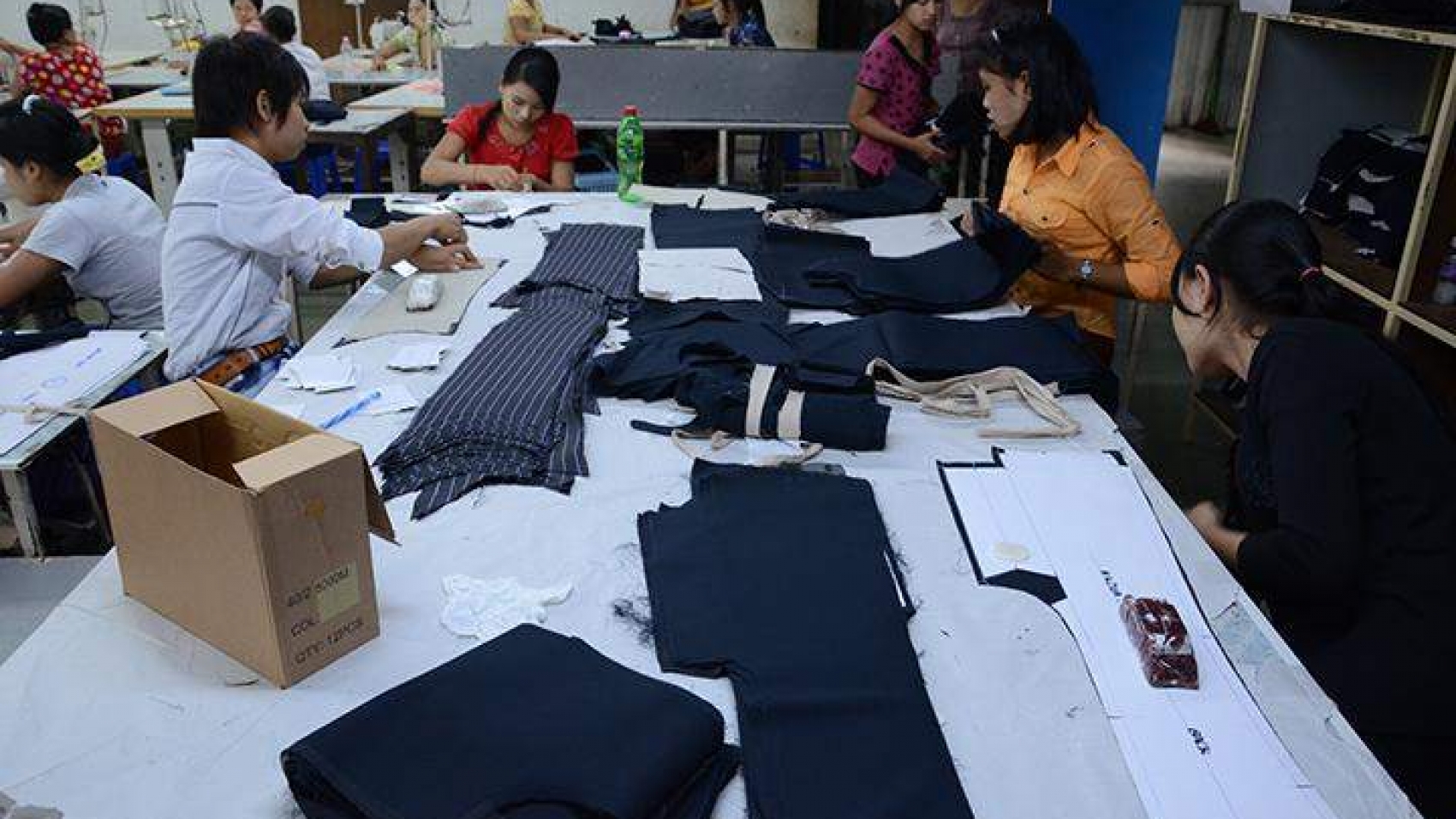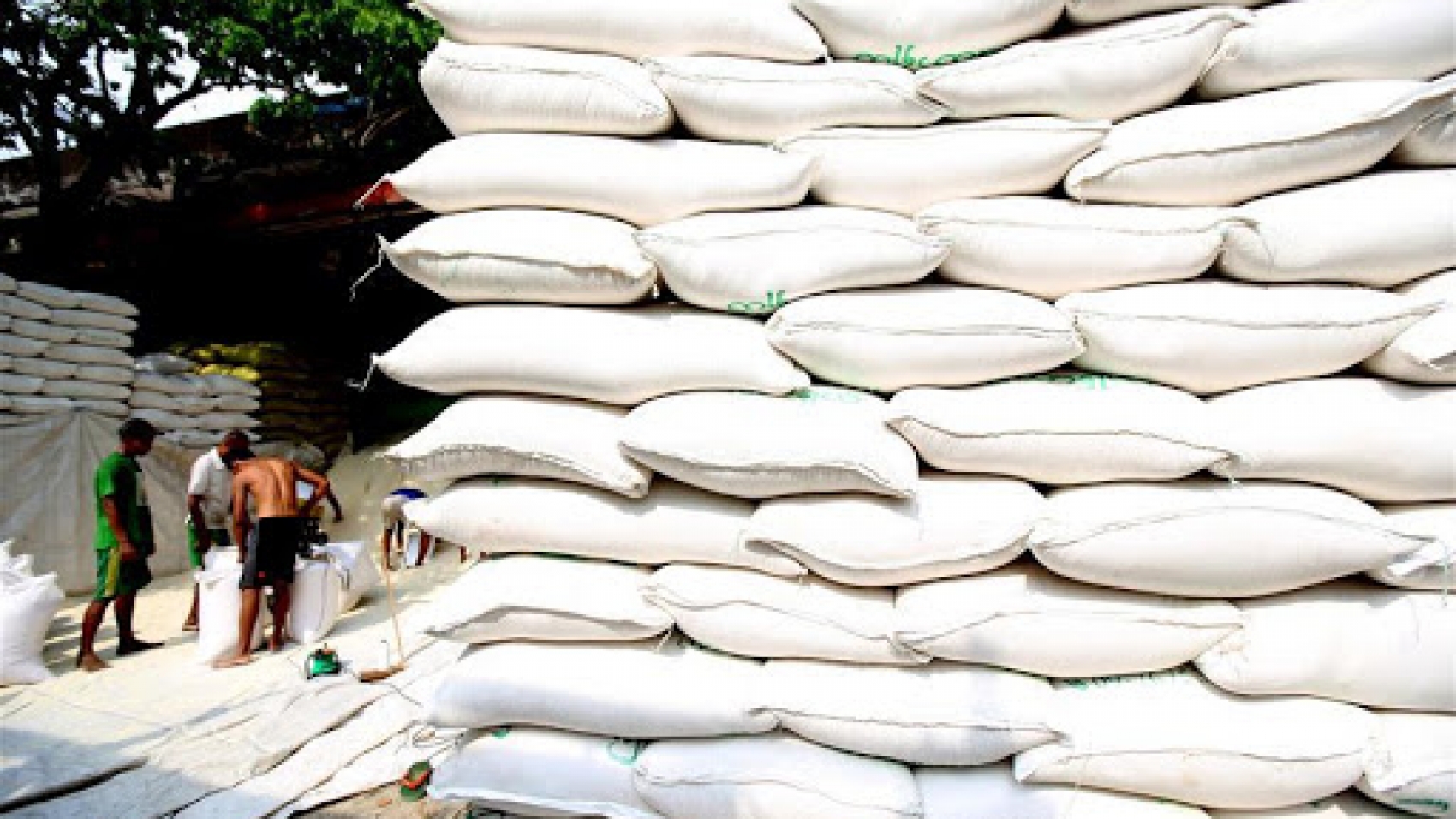Mandalay Region Agricultural Development Bank will initially disburse over K77 billion of agricultural loans to farmers from 23 townships in the Mandalay region in order for them to grow monsoon crops starting from 26 May, according to Mandalay Region Agricultural Development Bank (MRADB). The Mandalay Bank Branch has targeted to provide K77.109 billion loans for the cultivation of monsoon crops. The agrarian loans will be disbursed to farmers in 23 townships of the Mandalay region to cultivate monsoon paddy and other crops.
ADB bank is issuing the loans for the benefit of the farmers. The bank will provide the monsoon loans for 2021 to the farmers who have already paid off the principal and interest for the 2020 monsoon loan. Those who have not paid back in full will have difficulty getting 2021 loans. The bank has already collected 18.32 per cent of the loan disbursed last year. The farmers who have not paid off their last year’s debts will not be qualified for a new loan this year. The bank will collect a five per cent interest rate annually.
They are providing the loans with a low-interest rate, said manager of the Myanmar Agricultural Development Bank in the Mandalay region. K150,000 per acre for paddy and K100,000 per acre for other monsoon crops such as peanut, green gram, sesame, bamboo, chickpea, black bean, soya-bean, corn and other crops will be granted as monsoon agricultural loans. The 23 townships that will be provided with agriculture loans for 2021 monsoon crops are Amarapura, Patheingyi, PyinOoLwin, Madaya, Singu, Thabeikkyin, Kyaukse, Singaing, TadaU, Myittha, Meiktila, Wundwin, Mahlaing, Thazi, Myingyan, Taungtha, Natogyi, Ngazun, Yamethin, Pyawbwe, NyaungU and Kyaukpadaung townships.
Source: The Global New Light of Myanmar

